Mehregan Celebration; The Persian Festival of Autumn
Autumn starts with the month of Mehr in Persia, and its 16th day is the celebration of light, friendship, kindness, and love in the ancient Avestan calendar, Mehregan. Mehr is the symbol of the Sun in Persian culture, and this glorious star is said to be the eye of Mitra, the goddess of light. Mehregan Celebration is the ritual of nature and the sun. Its message is good words, good deeds, and good thoughts. Its lesson is to become like nature, always changing for the good, being generous, and being like the gorgeous sites of our beautiful planet. Mehregan was inscribed by UNESCO on the Intangible Heritage List in 2024. Let’s learn more about this ancient Persian festival.
What Is Mehregan Celebration?
195 days after Nowruz is the festival of the autumn in Iran. It is Thanksgiving Day for Iranian farmers. In older days, Mehregan was harvest day, and some of the crops were sent to the king as a gift. On Mehregan, friends and family gather to celebrate the beginning of the beautiful fall season. On this day, people go to visit their loved ones, especially the ones that have been missed for a long time, to enjoy the beauty of this vibrant-colored season together.
About Mehregan Festival
Mehregan is among the oldest and most culturally significant festivals in Iran, representing a lively celebration that signifies the onset of autumn and the harvest season. While Nowruz may be more widely known, Mehregan carries a deep spiritual and agricultural significance that continues to resonate with Iranians and enthusiasts of Persian culture around the world.
In a time when global interest in cultural festivals is rising, Mehregan offers a compelling story of gratitude, community, and renewal that appeals to modern audiences as much as it did thousands of years ago. Whether you’re a cultural traveler, a history buff, or a digital storyteller looking to spotlight meaningful traditions, Mehregan stands out as a unique and engaging topic to explore.
Mehregan History
The festival dates back to the pre-Islamic era. It is one of the few pre-Islamic festivals celebrated by the general public in contemporary Iran. This festival marked the end of harvest and the beginning of winter. Ancient and medieval authors have recorded its celebration as occurring both before and after Islam.
Mithra and Ahura Mazda were watching over a plentiful harvest and sustenance for the upcoming winter as a sign of our mutual promises and duties with the divine.
Mehregan Meaning
The name “Mehregan” is derived from “Mehr,” which in Persian mythology is both the name of a deity and a concept that embodies love, kindness, and friendship. “Mehr” is also associated with the sun, signifying warmth and vitality.
In ancient Zoroastrian texts, Mehr is the god of covenant, light, and loyalty, and Mehregan was originally dedicated to honoring this divine figure. Unlike many other harvest festivals that focus solely on the bounty of the land, Mehregan brings a spiritual dimension into the celebration—it’s about harvesting love, light, and communal ties as much as grains and fruits.
Historically, Mehregan was considered as important as Nowruz and was celebrated with the same grandeur. Kings would dress in royal purple, citizens in their best attire, and even servants would be treated as equals for the day.
The symbolism of Mehregan is layered: it’s about the balance between light and dark, the transition from the abundance of summer to the introspection of autumn. With this context, Mehregan takes on a deeper meaning—it is not just a celebration of what has been gathered, but a moment of mindfulness and appreciation for both the tangible and intangible blessings of life.
How Is Mehregan Celebrated?
Mehregan celebration is as important as Nowruz for Persians, and it has its own unique traditions. Violets, sweets, rose water, candles, flowers, and fruits, especially apples and pomegranate,s are set on a violet-colored tablecloth to start the fest. Almonds and pistachios are among the requirements to make this tradition as Persian as possible.
Violets characterize Mehregan as the symbol of light, love, and friendship that dates back to the ancient days of Persia. Espand (rue seeds) will be thrown in the flames to be safe from the evil eye on this happy day. The ceremony begins with saying a prayer in front of a mirror. Hugs and kisses are exchanged after a handful of Noghl (sugar plum) is thrown over each other’s heads.
Mehregan Traditions
In most households, the entire family and guests stand in front of the altar table, facing the mirror during the ceremony. A traditional ritual here includes prayer and hymns, followed by drinking fruit juices like pomegranate juice or sherbet, a classic Iranian beverage. And the application of the kohl from the Sormeh-dan is considered a blessing against evil forces, which in traditional Zoroastrian communities, can mean the forces of Ahriman, the Evil Eye, and other such cursed actions. As guests and household members embrace and exchange gifts, seeds are thrown around with joy and cheer.
Mehregan Festival Date
Mehregan is observed on the 196th day of the Persian calendar, which usually occurs around October 2nd in the Gregorian calendar, depending on the specific year. The festival is tied to the ancient Zoroastrian calendar system, where each day of the month has a specific name.
When the day of Mehr coincides with the month of Mehr, which is the seventh month of the Iranian calendar, it is considered an auspicious occasion. This celestial alignment marks the beginning of the Mehregan festival, celebrated for its significance and joy.
In today’s Iran, while the festival is not an official national holiday, it is gaining more attention and revival thanks to cultural organizations and local communities. Many Iranians, especially those who practice Zoroastrianism, continue to observe Mehregan on this day with traditional rituals, feasts, and family gatherings.
The timing is especially great because it aligns with the harvest season, offering a perfect opportunity for expressing gratitude for the abundance of the earth and the interconnectedness of all beings.
Which Cities of Iran Celebrate Mehregan?
Mehregan is primarily celebrated in cities with significant Zoroastrian populations, such as Yazd, Kerman, and Tehran. Yazd, in particular, is known for preserving Zoroastrian culture and is often considered the spiritual heartland of Mehregan celebrations.
Here, the festival includes visits to fire temples, recitation of ancient hymns, and the setting of a “sofreh” (a ceremonial table) adorned with seasonal fruits, sweets, flowers, and incense. These elements are not only aesthetic but deeply symbolic, each representing a different aspect of the Zoroastrian faith: health, joy, purity, and divine presence.
In urban centers like Tehran and Shiraz, Mehregan is seeing a cultural resurgence. Local cultural centers, museums, and universities are organizing exhibitions, lectures, and social events that aim to reintroduce this festival to younger generations. Outside of Iran, diaspora communities in Canada, the U.S., and Europe also celebrate Mehregan, often combining traditional rituals with modern elements to create a multicultural experience. This wider adoption is helping to globalize the festival, making it accessible to non-Iranians interested in Persian culture and heritage.
Last Words
Mehregan is more than a seasonal festivity—it’s a timeless celebration of human values, harmony with nature, and spiritual reflection. Its resurgence in modern times speaks to a broader global interest in meaningful, culturally rich experiences that go beyond commercial holidays. As awareness of Mehregan grows, especially through digital platforms, the festival has the potential to reach new audiences and foster intercultural understanding.
Are you planning to travel to Iran and looking for an Iran travel agency? Check out our Iran tours.

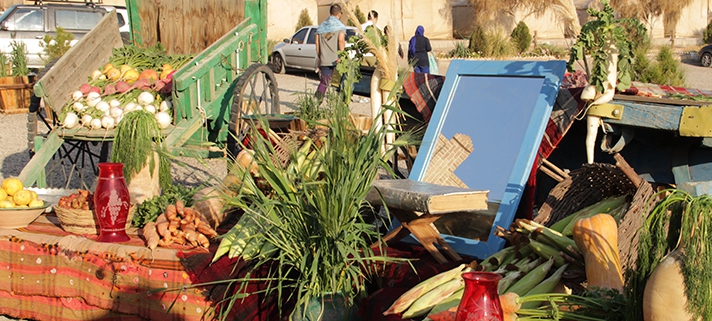
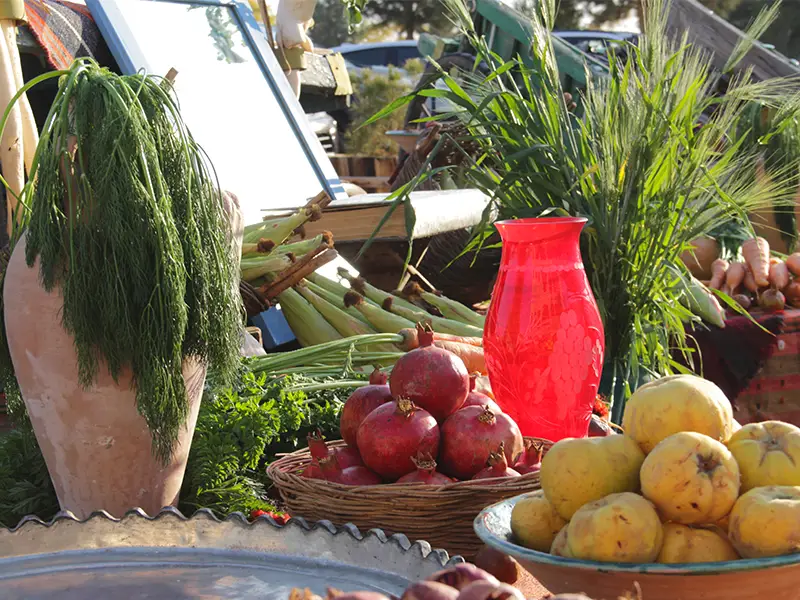
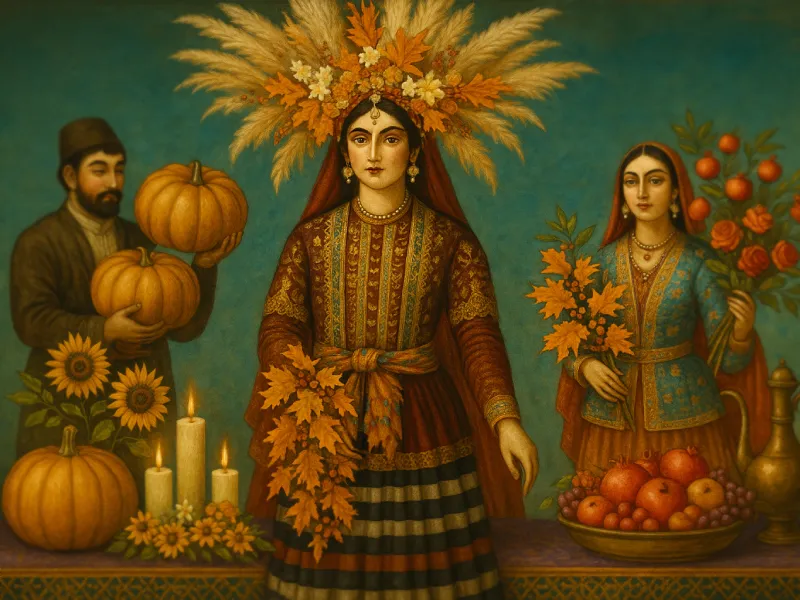

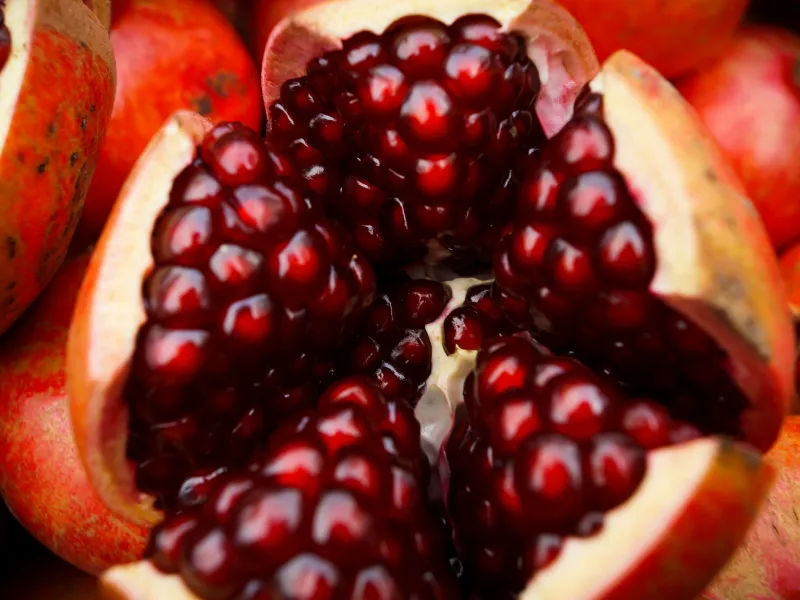
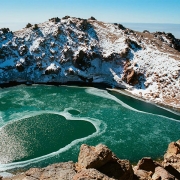
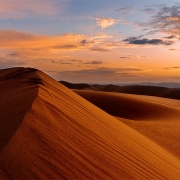
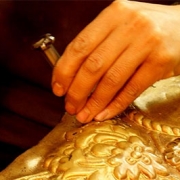
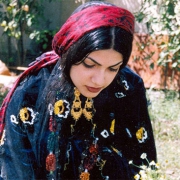
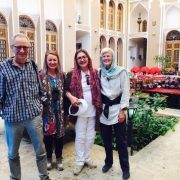
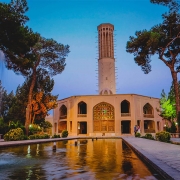
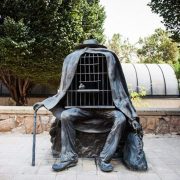
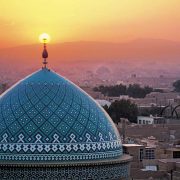

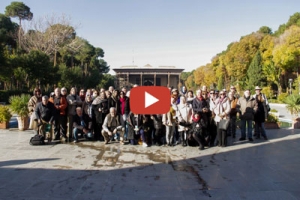


Leave a Reply
Want to join the discussion?Feel free to contribute!